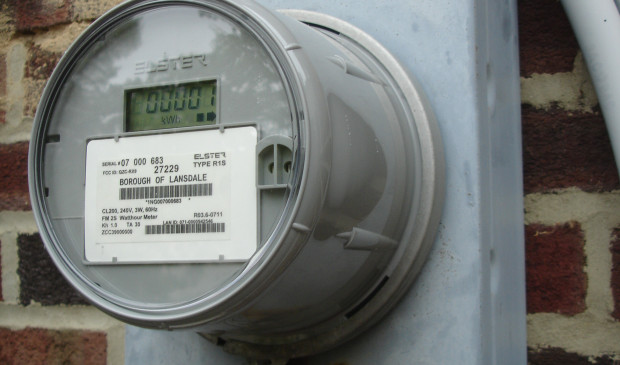AE low-income program comes at a high cost
Thursday, September 4, 2014 by
Elizabeth Pagano Though there is a push to increase some parts of Austin Energy’s low-income weatherization program, there is at least one part of that program that no one was clamoring to save at Wednesday’s budget session.
Activist Paul Robbins started the conversation about revamping Austin’s low-income weatherization program in the next year, and provided City Council with numbers that backed up his contention that a portion of the program was an economic absurdity that needed to end.
Austin Energy Vice President of Customer Energy Solutions Debbie Kimberly concurred that the utility’s money could be better spent elsewhere and said the utility was planning on getting away from replacing large appliances and HVAC systems. She said switching the program to window units, which cost only a few hundred dollars, could help the medically vulnerable at a much more reasonable cost.
Kimberly said that was included in her recommendations, but the switch wouldn’t require Council approval.
Originally, free air conditioners were part of President Obama’s economic stimulus bill, but those giveaways have continued after federal funds ceased, explained Robbins. When added to the expense of major repairs that many of the homes also require, costs are high.
Robbins explained that the average cost for homes that have received major appliances is $7,400, and the average savings was about $175 per year in electricity.
“This is essentially a 42-year payback on items that typically have a life of 13 to 15 years,” said Robbins. He added that about 25 percent of those who have received assistance from the program were not current in their payments to the utility.
In contrast, said Robbins, $7,400 could provide five low-income homes with basic weatherization that could keep them “from freezing to death.”
“Mr. Robbins is correct,” said Kimberly, who explained that those homes that qualify under the criteria put in place when the federal funding was still active receive “very, very costly” HVAC systems.
In fact, she said, some of the homes that received new HVAC systems ended up using more energy once the new systems were installed.
“It’s something that was continued post-era, in the hopes that it would get to deeper savings. But from what we’ve seen, the average customer that goes through those measures saves roughly 100 kilowatt-hours. And, Mr. Robbins is correct, some of those customers are in arrears,” said Kimberly.
Kimberly said that at this point, Austin Energy would continue the program for customers who were currently in the pipeline, but it would be stopping the program on Oct. 1.
Council Member Kathie Tovo pointed out that Council had just established a low-income consumer advisory task force that would be taking a look at appliance rebates. She urged the task force to look at the issue before any change in policy from Austin Energy.
Kimberly noted the utility was trying to balance a number of needs, and eliminating large-appliance rebates would immediately free up money and labor to weatherize more homes and serve a larger low-income population, even with buying air conditioning units. She said it would be helpful to get data from the proposed, revamped program in order to compare efficacy rates and cost.
“If we have to change course as a result of what the committee (recommends) … I think that is a reasonable proposition,” said Kimberly.
You're a community leader
And we’re honored you look to us for serious, in-depth news. You know a strong community needs local and dedicated watchdog reporting. We’re here for you and that won’t change. Now will you take the powerful next step and support our nonprofit news organization?






